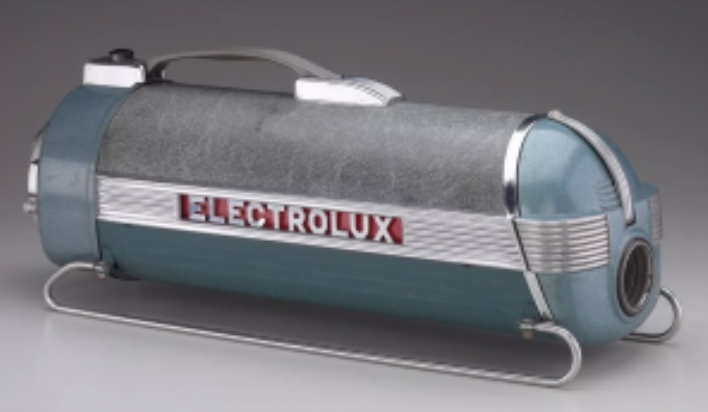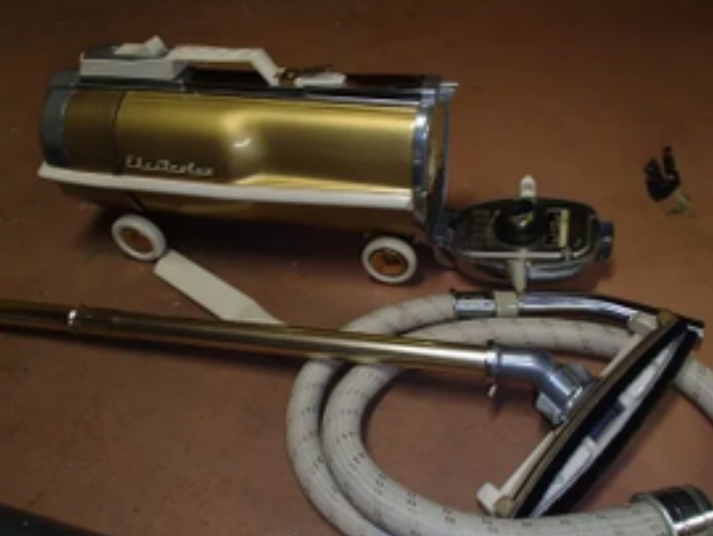Undoubtedly, change is an intrinsic and unstoppable facet of life. As time marches forward, every element undergoes metamorphosis—whether it be individuals, technology, or circumstances. Change is an undeniable inevitability. Pondering one’s own life serves as a testament to the ever-changing nature of existence.

The velocity of change, particularly in technological progress, is undeniably noteworthy. Reflecting on the past can evoke a blend of wonder and amazement at the significant evolution that has transpired. Here’s a challenge for you: take a glance at this artifact from the 1930s. Unless you have a direct connection to that era, chances are it might appear perplexing. Its peculiar appearance might heighten the intrigue. Care to hazard a guess at the possible function of this contraption?
You wouldn’t be amiss in furrowing your brow over the identity of this curious device. But the revelation is genuinely fascinating! This peculiar-looking item, resembling a flask or carrier, is, in fact, a 1930s vacuum cleaner known as the Hercules. A far cry from the sleek and automated hoovers we have today. As I compose this, my Roomba® is diligently cleaning my floor—an illustration of the incredible progression in home technology.

Envision life back then, where a machine like the Hercules was considered cutting-edge and innovative. Today, we often overlook the convenience that technology brings to our lives. The Hercules Vacuum cleaner, with its stylish design and clad in crocodile skin, was a symbol of luxury during its time. Its release during the Great Depression added to its exclusivity, as many families struggled to make ends meet, let alone afford a Hercules. For those familiar with this item, try presenting it to your children and see if they can fathom its purpose. Odds are, this relic from the past would leave them bewildered!
The evolution of cleaning tools is genuinely intriguing. Did you know that the humble broom wasn’t perfected until 1797? A Massachusetts farmer, inspired by his wife’s sweeping challenges, crafted the first functional broom known as broomcorn, which swiftly became a household staple. Nevertheless, as time progressed, people sought more efficient solutions.

In the 1860s, Daniel Hess revolutionized cleaning with the creation of the first true vacuum cleaner. Described in his patent as a machine that draws fine dust and dirt through a draft of air, this invention marked a significant leap forward. Yet, it wasn’t until 1869 that Ives McGaffey of Chicago took vacuum technology further. Unfortunately, despite his efforts to address the annoyance of dust accumulation in households, his design proved more cumbersome to use than a regular broom, and his invention did not gain widespread popularity. The journey from broomcorn to early vacuum cleaners reflects the ongoing quest for convenience in maintaining our living spaces’ cleanliness.
The vacuum cleaner saga continued its evolution with James Murray Spangler, a modest janitor from Canton, Ohio, who played a pivotal role in its revolution. Despite being 60 and grappling with health issues, Spangler devoted himself to perfecting his vacuum cleaner design. What set his machine apart was its upright and portable features. The ingenious contraption effectively sucked dirt and blew it out the back into an attached pillowcase. In 1907, Spangler patented his creation, marking a turning point in vacuum cleaner technology. He left his job and founded the Electric Suction Sweeper Company.

Spangler’s design incorporated a ceiling fan motor and paddle blades to generate airflow, along with a leather belt connected to a rotating brush salvaged from a carpet sweeper. This unique combination, featuring a motor-driven brush, set his invention apart, ensuring a level of cleanliness unmatched by other devices of the time.
When financial difficulties arose, Spangler sold his company to his cousin, Susan Hoover, giving birth to the iconic Hoover vacuum cleaner brand. This transformative journey from a janitor’s inventive spirit to a household name reflects the remarkable advancements in cleaning technology.
